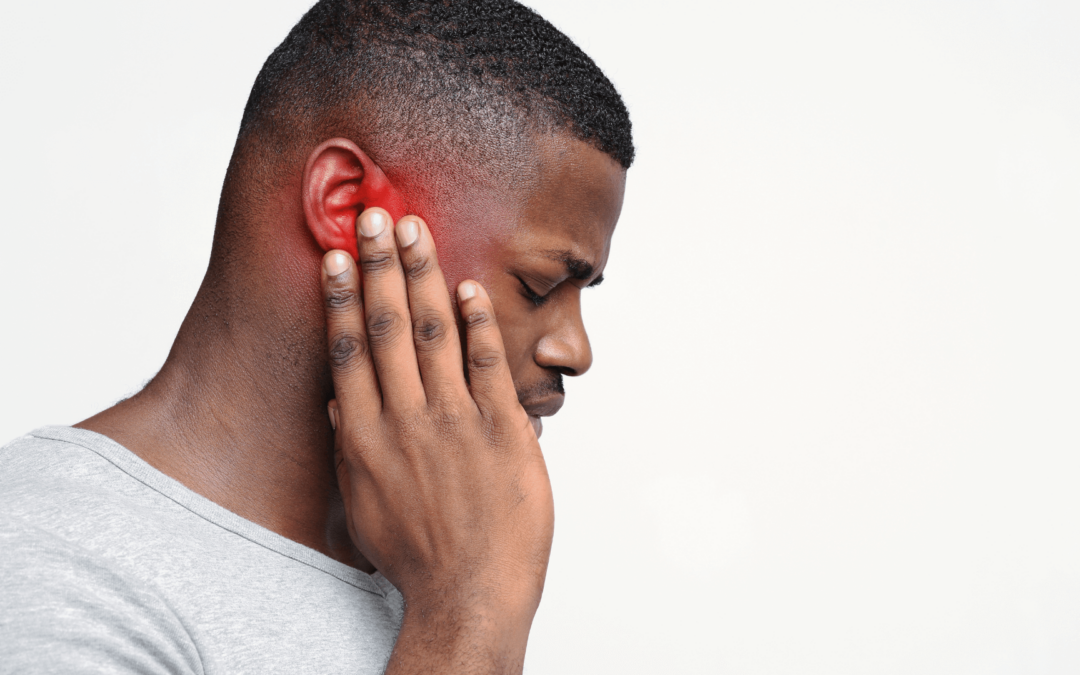Ear infections often result when bacteria or viruses enter the ear. They can affect different parts of the ear, leading to different types of infections. Prompt identification and treatment of these infections can prevent more severe issues.
Middle Ear Infections (Otitis Media)
What is Otitis Media?
Otitis media is one of the most common ear infections, especially in children. This infection affects the middle ear, the area behind the eardrum. When the Eustachian tube, which connects the middle ear to the throat, becomes swollen or blocked, fluid can build up, leading to an infection.
Symptoms of Otitis Media
Common symptoms of otitis media include:
- Ear pain
- Trouble hearing
- Fluid drainage from the ear
- Fever
- Irritability in children
These symptoms can appear suddenly and may be quite intense, making it essential to seek medical attention quickly.
Causes of Otitis Media
Several factors can lead to otitis media, including:
- Respiratory infections
- Allergies
- Sinus infections
- Tobacco smoke exposure
Young children are more prone to ear infections due to their shorter and more horizontal Eustachian tubes, which are more likely to become blocked.
Treatment for Otitis Media
Treatment often includes antibiotics to combat the infection. Over-the-counter pain relievers like acetaminophen can help manage discomfort.
Outer Ear Infections (Otitis Externa)
What is Otitis Externa?
Otitis externa, also known as swimmer’s ear, affects the outer ear canal. This infection is typically caused by water that remains in the ear after swimming, creating a moist environment that encourages bacterial growth.
Symptoms of Otitis Externa
Signs of otitis externa can include:
- Itching in the ear canal
- Redness inside the ear
- Discomfort or pain, especially when touching the ear
- Fluid drainage
- Hearing issues if the ear canal swells
These symptoms can range from mild to severe, and prompt treatment can help prevent complications.
Causes of Otitis Externa
The main causes of otitis externa include:
- Retained water in the ear canal, typically from swimming
- Injury to the ear canal, such as from excessive cleaning or using cotton swabs
- Allergic reactions to hair products or earrings
Treatment for Otitis Externa
Treatment for otitis externa usually involves ear drops containing antibiotics and steroids to reduce inflammation. Keeping the ear dry and avoiding further irritation is also vital during the healing process.
Inner Ear Infections (Labyrinthitis)
What is Labyrinthitis?
Labyrinthitis is an infection of the inner ear, specifically the labyrinth, which is responsible for hearing and balance. This type of infection is less common but can cause more serious symptoms.
Symptoms of Labyrinthitis
Common symptoms of labyrinthitis include:
- Dizziness or vertigo
- Hearing loss
- Tinnitus (ringing in the ears)
- Nausea and vomiting
- Balance issues
These symptoms can be disorienting and may significantly impact daily activities.
Causes of Labyrinthitis
Labyrinthitis often results from viral infections, such as the cold or flu. In some cases, bacterial infections can also cause this condition.
Treatment for Labyrinthitis
Treatment typically focuses on relieving symptoms. In some cases, antiviral or antibiotic medications may be necessary to target the underlying infection.
Preventing Ear Infections
Taking preventative measures can significantly reduce the risk of ear infections. Here are some tips to help protect your ears:
- Keep ears dry: After swimming or bathing, thoroughly dry your ears.
- Avoid inserting objects into the ear: Using cotton swabs or other objects can damage the ear canal and lead to infections.
- Manage allergies: Controlling allergy symptoms can prevent Eustachian tube blockages.
- Practice good hygiene: Regular hand washing can help prevent the spread of bacteria and viruses that cause infections.
Ear infections, though common and often painful, can be managed effectively through early recognition and treatment. Understanding the different types of ear infections, their causes, and their symptoms helps in making informed decisions about care. By taking preventative steps and recognizing symptoms early, we can better protect our ears and maintain overall well-being.


